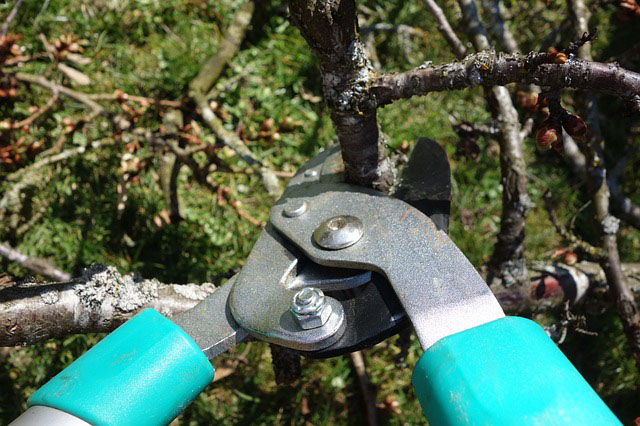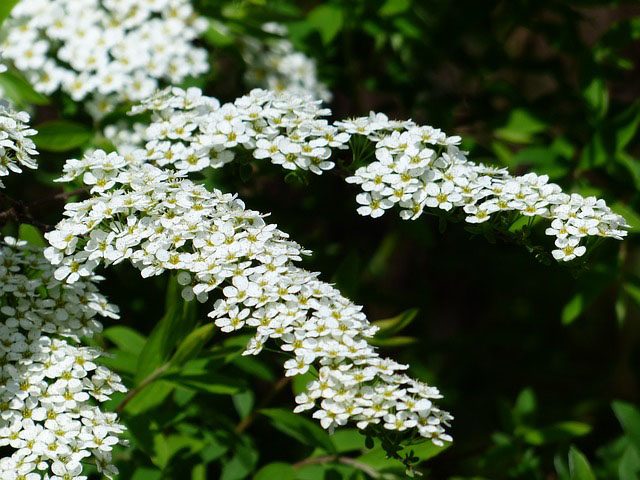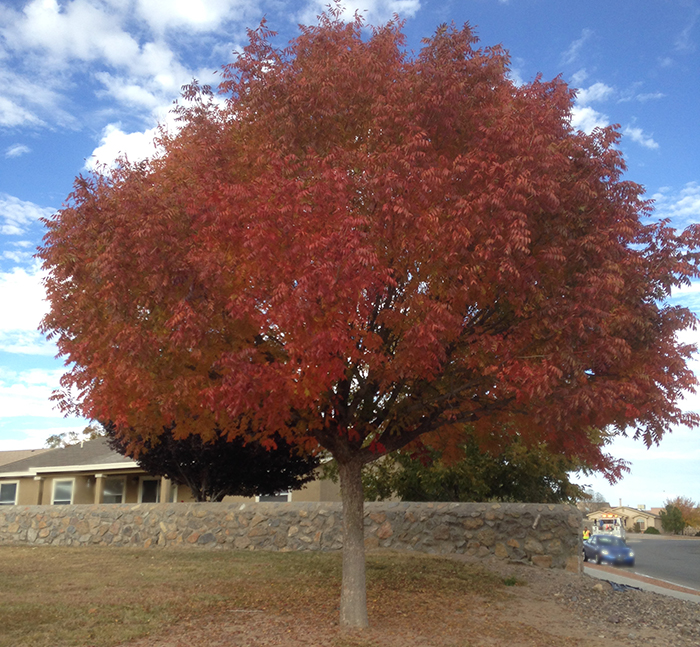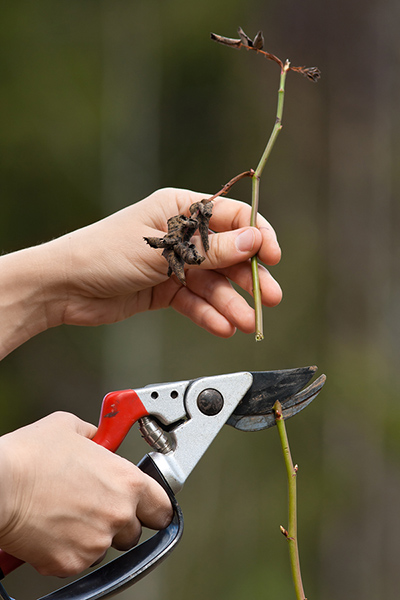Last updated on December 26th, 2024 at 01:17 pm

To prune or not to prune
To prune or not to prune. This is the time of year (winter) when most of the pruning should be done. However, there are certain flowering trees and shrubs that should not be pruned at this time of year. The list includes wisteria, lilac, forsythia, viburnum, flowering quince, flowering almond, spirea, banks rose, redbud, and the purple leaf plum.

The reason for not pruning the plants mentioned above is that you want to enjoy all of the plant’s flowering potential.
Gardening tips for January in the Desert Southwest
If you prune now (winter) you will risk losing some of the flower buds that are now getting ready for their early spring show. These beauties bloom very early in the spring months so it is wise to know what you are pruning even when the plant has no leaves.
Prune All Diseased Plants
If you do see some branches or limbs with obvious flaws such as dying, diseased, or wayward growth you should remove them as soon as possible. Sterilize your equipment after each cut when pruning diseased tissue. This will reduce the risk of spreading any infection into some of the older growth.
If you have had poor flowering or no blossoms on the plants listed above you may want to incorporate super or triple superphosphate into the soil now. This primary nutrient will aid in the production of flower buds as well as root growth. This element is usually sold in a granular form but may also be found in a soluble powder as well.
Types of fertilizers for flowers?
The granule will typically only need to be applied once or twice per year while the water-soluble formula may need more frequent applications throughout the growing season. Assuming the above plants escape a late frost (while flower buds are in production) this nutrient should take care of a stubborn ‘non-willing to flower’ plant.
One other trick may be to let your plant “stress” out of the water by lengthening the time in between normal watering. This may trick the organism into “thinking” it may be on the path of imminent death and may lead to flower production. This is its way of carrying on its genetic material through drought.
Pruning fruit and shade trees

For most other dormant trees and plants now is the ideal time to prune (winter). This includes fruit and shade trees. Fruit trees may be a bit trickier as you do not want to remove too much as this may reduce your yield. On the other hand, leaving too much on may lead to more but smaller fruit.
Try to leave limbs that branch out, closer to a 45-degree angle as opposed to a 30-degree or smaller angle. The smaller the angle the less weight the branches can carry. They are also prone to breaking more easily during our windy season.

Roses should be pruned before Valentine’s Day as a rule. Drastic heavy pruning will result in more new growth, typically with larger but fewer flowers. This method is suggested for older neglected bushes. Lighter and more selective pruning can result in more flower production at the expense of flower size. After pruning your roses, you may also begin to apply fertilizer for quick re-growth and better flower production.
Always prune for a reason
Remember to have a reason for every cut you make. Please don’t just cut for the sake of pruning. Unnecessarily chopping off large limbs or branches not only looks unsightly, but it will also lead to even more maintenance and pruning for years to come.
Stand back and examine your tree after each cut. Remember to keep the basic and natural shape of each plant. If you prune trees correctly when they are young it will lead to little or almost no pruning when it reaches maturity.
When to prune Evergreens?
For most evergreens, it is best to wait until the temp’s warm-up. The reason for this is so that your plant does not have a large gap or “empty space” for the next few months. If you wait until the new growth starts to emerge the new growth will cover up much pruning gaps much quicker. You may, however, proceed with “light” pruning or shearing if it will not disrupt the overall look of your broadleaf or coniferous plant.
To prune or not to prune
So get out and enjoy the Southwest warm Winters.
Learn about Pecan Trees. Types of Pecan Trees.
By Gary Guzman
Gary Guzman Owner of Color Your World and Guzman’s Greenhouse in Las Cruces.



Great topic you have there. People have a lot of misconceptions when it comes to pruning but you got it exactly right when you said “always prune for a reason.” I hope more and more people get to read this! Thanks!